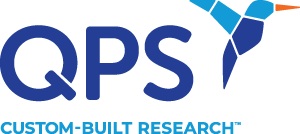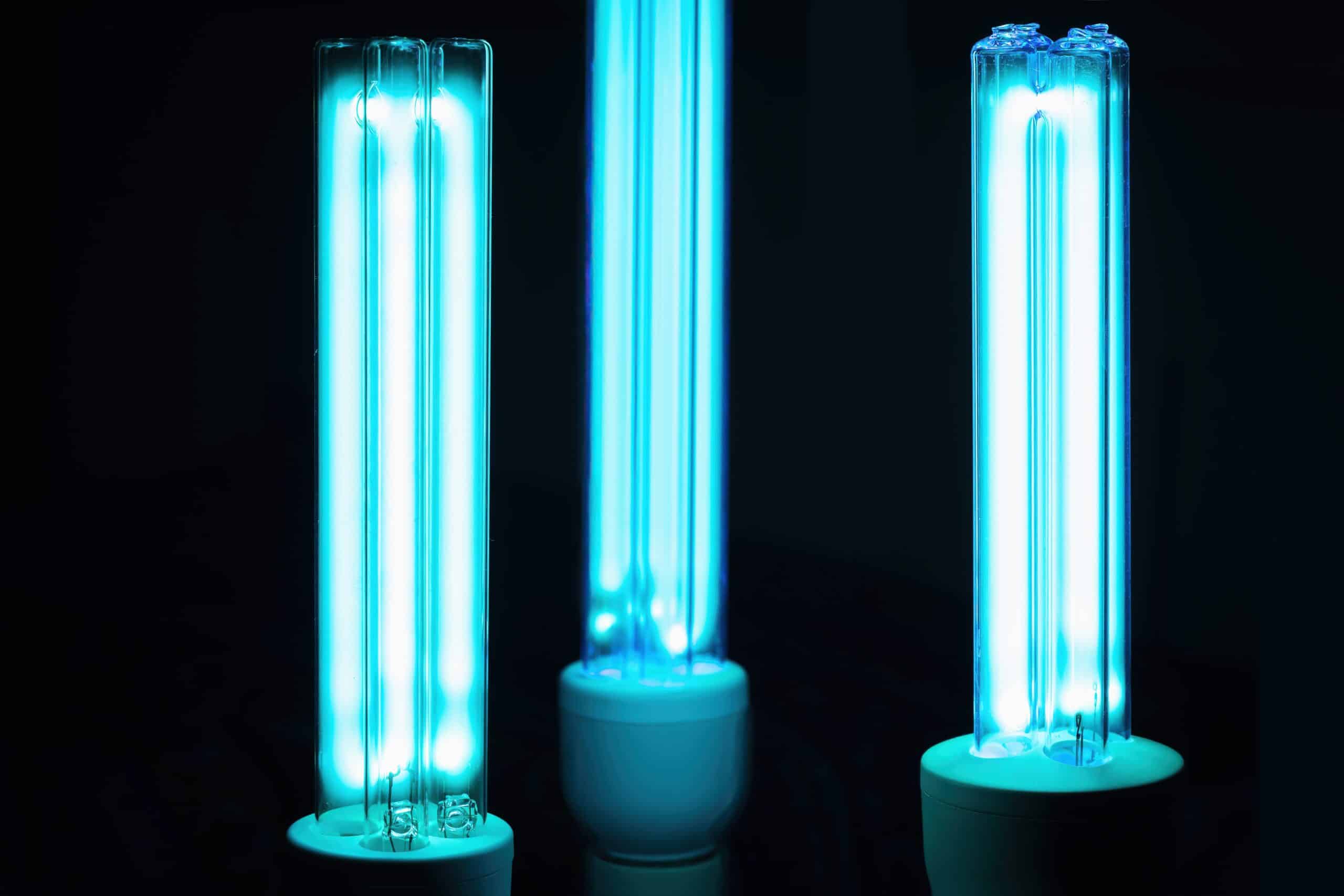As the world continues to grapple with the ongoing COVID-19 pandemic, scientists continue to investigate a variety of potential treatments and prevention methods. Previous studies have demonstrated the effectiveness of using far-UVC light, a type of ultraviolet (UV) light, to inactivate coronavirus pathogens in a lab setting. It has been unclear whether these lab results would be replicable in a full-sized room. However, a recent study published in Scientific Reports contains promising data that suggest that far-UVC light could indeed have real-world potential in the ongoing fight against COVID-19.
How UV Light Works Against Viruses
UV light has long been known to be effective at inactivating viruses, bacteria, and other microorganisms. The UV spectrum can be divided into three ranges: UVC, UVB, and UVA. Of these, UVC is the most effective at inactivating viruses and bacteria — but it’s also the most harmful to human health.
One solution that researchers have found effective in a lab setting has involved the use of Krypton Chloride (KrCl) excimer lamps, also referred to as far-UVC. When filtered to remove longer-wavelength UV emissions, these lamps are able to inactivate airborne pathogens like the coronavirus without posing short-term or long-term risks to human health. But it has not been clear whether these results would be replicable outside of an experimental lab setting. In order to be effective in the fight against COVID-19, researchers would need to demonstrate that far-UVC light could also kill airborne coronavirus pathogens in a full-sized room.
A research team led by Ewan Eadie, a medical physicist at NHS Tayside in Dundee, Scotland, recently published a study that demonstrates just that. Far-UVC light may indeed be effective in the fight against COVID-19 in the real world.
Promising Results
Eadie and his team focused their research on the efficacy of using far-UVC lamps to kill airborne pathogens in a 12-foot by 9-foot room. Because of biosafety restrictions, the team was not able to utilize the coronavirus itself for their study; instead, they initially utilized Staphylococcus aureus, a bacterium that can cause serious and even fatal infections. The team filled the sealed room with aerosols carrying Staphylococcus aureus, activated far-UVC ceiling lamps in the room, and took air samples from the room every five minutes. And — in the words of Eadie — they were “gobsmacked” by their results.
The team found that in a full-room setting, pathogen levels dropped by approximately 98 percent within minutes of being exposed to far-UVC light. The team was further able to replicate these results with two different pathogens: Pseudomonas aeruginosa and Phi 6 (a bacteria-infecting virus).
While safety limitations prevented this study from directly testing coronavirus pathogens, the authors are confident that these results would also be replicable against the coronavirus. Why? Previous studies have demonstrated that the COVID-19 virus is, indeed, inactivated by exposure to far-UVC light.
Could UV Lights Replace Masks?
Some researchers believe that far-UVC light could be used in public spaces — such as hospitals, schools, offices, and shopping malls — to help control the spread of COVID-19. This is especially important because once SARS-CoV-2 virus particles become airborne (from breathing, talking, shouting, singing, sneezing, or coughing) in indoor spaces, they can remain airborne for several hours — and sometimes even several days.
But don’t throw out your masks just yet. While the study’s results are promising, proper masking continues to be the best-known way to prevent airborne transmission of COVID-19, and full vaccination continues to be the best way to prevent serious illness and death from the illness. However, both vaccines and masks rely on individual behavioral choices. And as the COVID-19 pandemic continues to progress over time, the public is adopting these control measures less and less.
That’s why, in addition to other prevention measures, researchers emphasize the importance of finding effective ways to stop the spread and transmission of COVID-19 that do not rely exclusively on individual choices.
Some experts now recommend that UV light in indoor spaces should be another tool utilized to stop the spread of COVID-19 – part of a comprehensive toolkit that includes other prevention measures like vaccination, face coverings, social distancing, hand washing, better indoor ventilation, public health campaigns, quarantine and isolation protocols, and more.
More research is needed to confirm Eadie’s team’s findings before far-UVC can be widely adopted as a coronavirus prevention measure. But the initial research is promising, and if further research supports the use of far-UVC light to kill airborne pathogens, this could prove to be an important breakthrough — not only in the fight against COVID-19, but also other airborne illnesses, including influenza, measles, other human coronaviruses (SARS-CoV, Middle East Respiratory Syndrome MERS-CoV), Respiratory Syncytial Virus (RSV), pneumonia, and more.
QPS is a GLP- and GCP-compliant contract research organization (CRO) delivering the highest grade of discovery, preclinical and clinical drug research development services. Since 1995, it has grown from a tiny bioanalysis shop to a full-service CRO with 1,200+ employees in the U.S., Europe and Asia. Today, QPS offers expanded pharmaceutical contract R&D services with special expertise in neuropharmacology, DMPK, toxicology, bioanalysis, translational medicine and clinical development. An award-winning leader focused on bioanalytics and clinical trials, QPS is known for proven quality standards, technical expertise, a flexible approach to research, client satisfaction and turnkey laboratories and facilities. Through continual enhancements in capacities and resources, QPS stands tall in its commitment to delivering superior quality, skilled performance and trusted service to its valued customers. For more information, visit www.qps.com or email [email protected].






